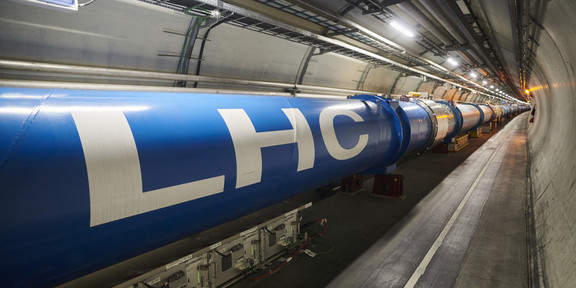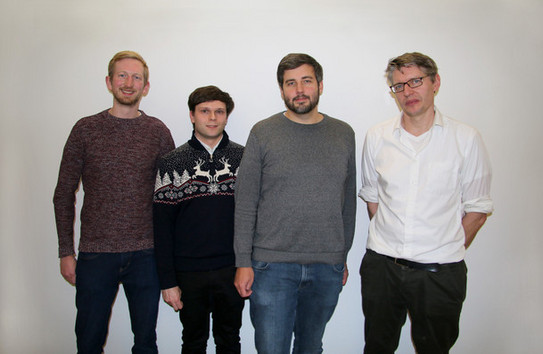TU physicists measure differences between matter and antimatter
- Research

At the LHC particle accelerator, protons are accelerated to almost the speed of light and brought to collision. This produces a large number of short-lived elementary particles, whose tracks and decays are recorded by the LHCb detector, among others. In this context, the team from the Faculty of Physics has now been able to carry out a groundbreaking measurement and publish the findings as an "Editors' Suggestion" in the renowned journal Physical Review Letters. A special system was measured, so-called B0 mesons, which switch back and forth between a particle and an antiparticle identity - called B0 oscillation. This oscillation takes place extremely quickly; around eighty billion times per second. "This creates an asymmetry between particles and antiparticles, which is particularly interesting for us," explains Vukan Jevtic, who is doing his doctorate at TU Dortmund University. "We have now been able to measure the natural constants that describe the different behavior of matter and antimatter with record precision for the first time."

The results confirm previous measurements and thus also the standard model of particle physics, which describes theoretical differences between matter and antimatter in the interaction of individual particles. With their experiments, physicists attempt to describe the asymmetry of matter and antimatter using particle physics measurements. A special feature of the new measurement is that the analysis was carried out exclusively by three doctoral students from Dortmund: Vukan Jevtic, Dr. Patrick Mackowiak and Gerwin Meier. Vukan Jevtic presented it to the world for the first time at a CERN seminar in the summer of 2023. The measurement was started in the working group led by physicist Prof. Bernhard Spaan, who died suddenly in 2021, and completed in the working group led by Prof. Johannes Albrecht.










